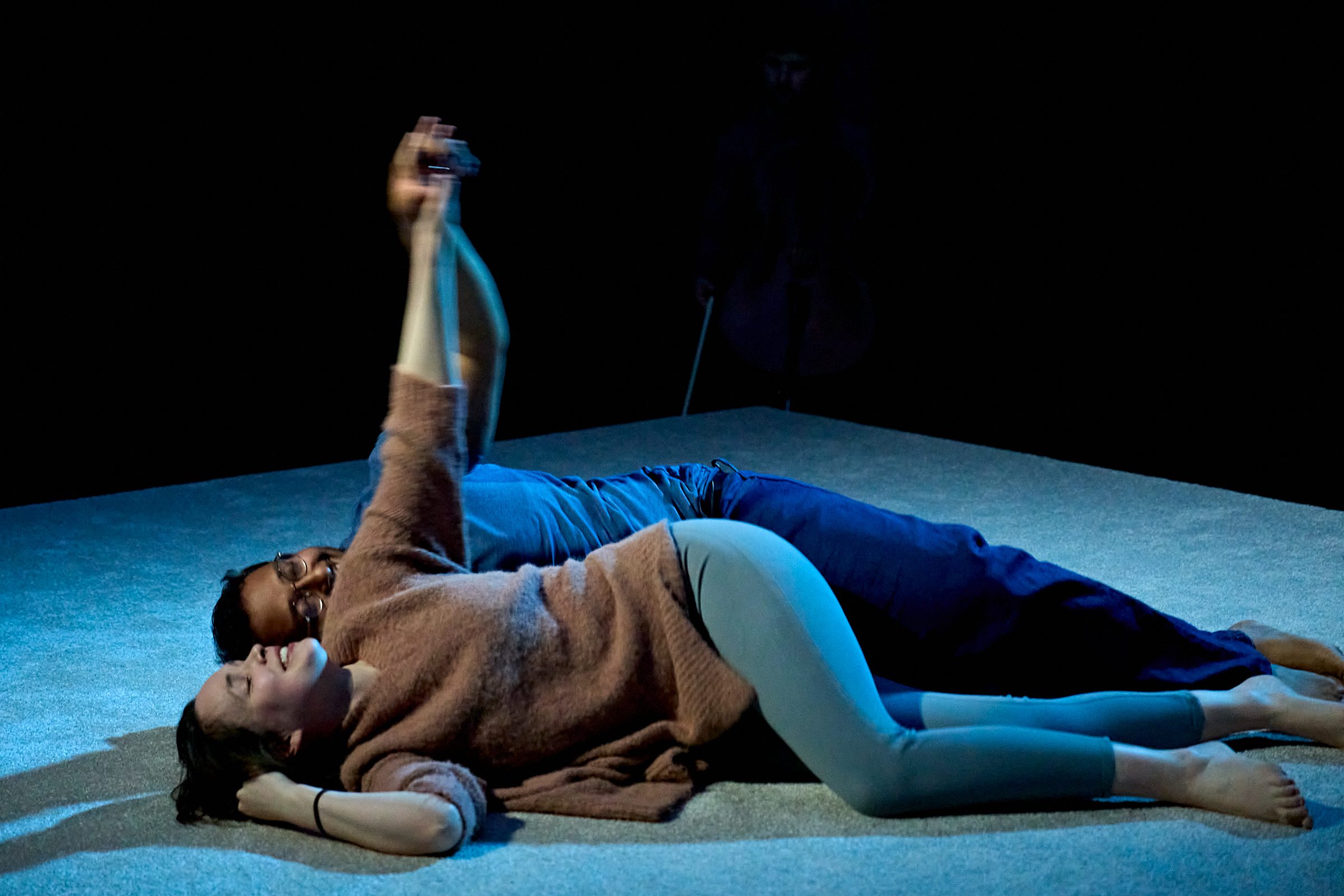Sizwe Banzi Is Dead
With this London opening on the same day that rehearsals for the The Lion King began in South Africa, it’s very much to the point to be reminded of how far the theatre – and that country – has had to travel since the dire, dark days of apartheid. Sizwe Bansi Is Dead was the outstanding play of the early 1970s, signalling resistance in the townships and trail-blazing creative partnerships between black and white artists, not to mention audiences.
The play was devised and written by Athol Fugard (now 75 and based in San Diego, California) in collaboration with the two great actors who first performed it, John Kani and Winston Ntshona. They were regularly hauled off the stage by the police when they first presented the play to white audiences in South Africa.
When the show came to the Royal Court in late 1973, it was a sensation, first in the Upstairs venue, then on tour, then on the main stage. I was fortunate enough to be able to publish the text in a theatre magazine which, in the same issue, carried reviews of Donald Sinden in Terence Rattigan, Ingrid Bergman in Somerset Maugham – and Jonathan Pryce in Richard Eyre’s production of Brassneck by Howard Brenton and David Hare at the Nottingham Playhouse.
How moving and extraordinary that the same two actors should resume their roles in this visiting production (as part of the Travelex £10 ticket season) from the Baxter Theatre in Cape Town, directed by Aubrey Sekhabi and lit by the Baxter’s artistic director, Mannie Manim.
Both Kani and Ntshona seem unchanged to me, the one quick and practical, with a glistening stage energy, the other slow-moving and seraphic. Kani is plumper than he was, with one gleaming glass eye, while Ntshona has slimmed down in old age (he’s now 65) without losing the childish innocence of assuming a dead man’s identity so that he can find work and send money home to his family 150 miles away.
The structure is anecdotal and circular, with Kani’s opening 40-minute monologue vividly recounting seven years in a Ford factory before opening his own photographic studio in the black quarter of Port Elizabeth. Sizwe arrives to be photographed and we subsequently learn how he has acquired his new name of Robert Zwelinzima when he stumbles across a dead man while out on a bender with Kani’s second character, the local Samaritan and smart political operator, Buntu.
The final image of Ntshona giving the good news of a pitiful employment break in a letter home is no longer the tiny ray of hope it once was, nor does the injunction to keep out of trouble (“A black man stay out of trouble? Our skin is trouble”) do more than remind us of a tortured history, of Steve Biko and the heroism of Nelson Mandela. But the play still fires as a hymn to the human spirit, and the performers are an irreducible joy and a wonder to behold.
– Michael Coveney










